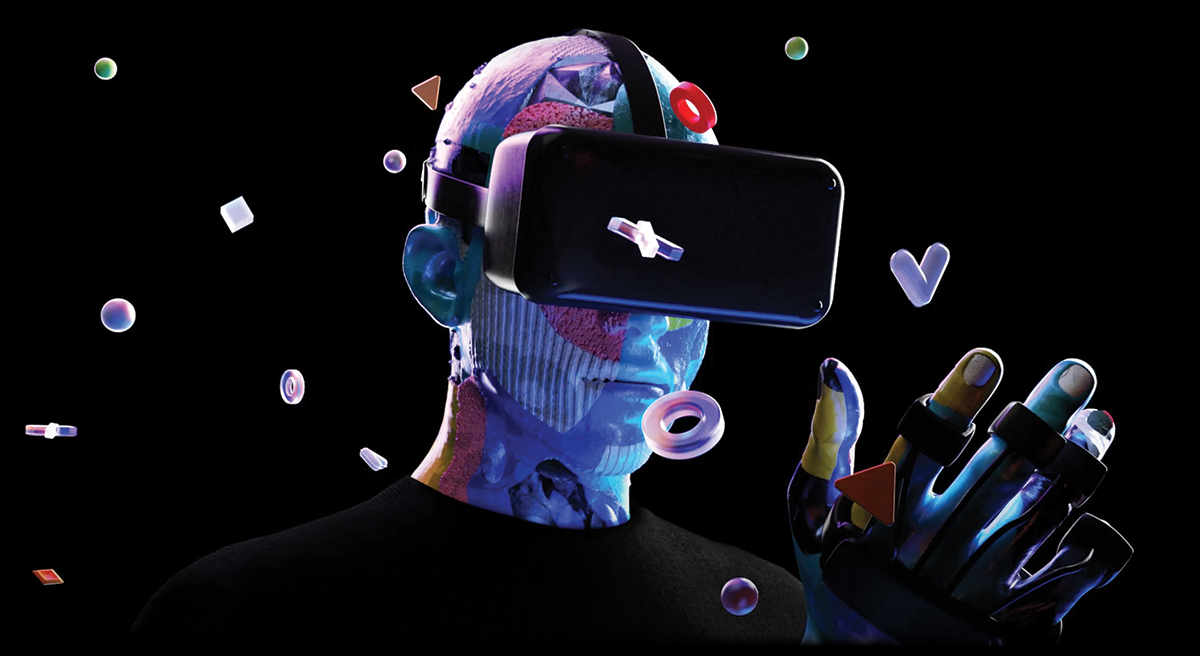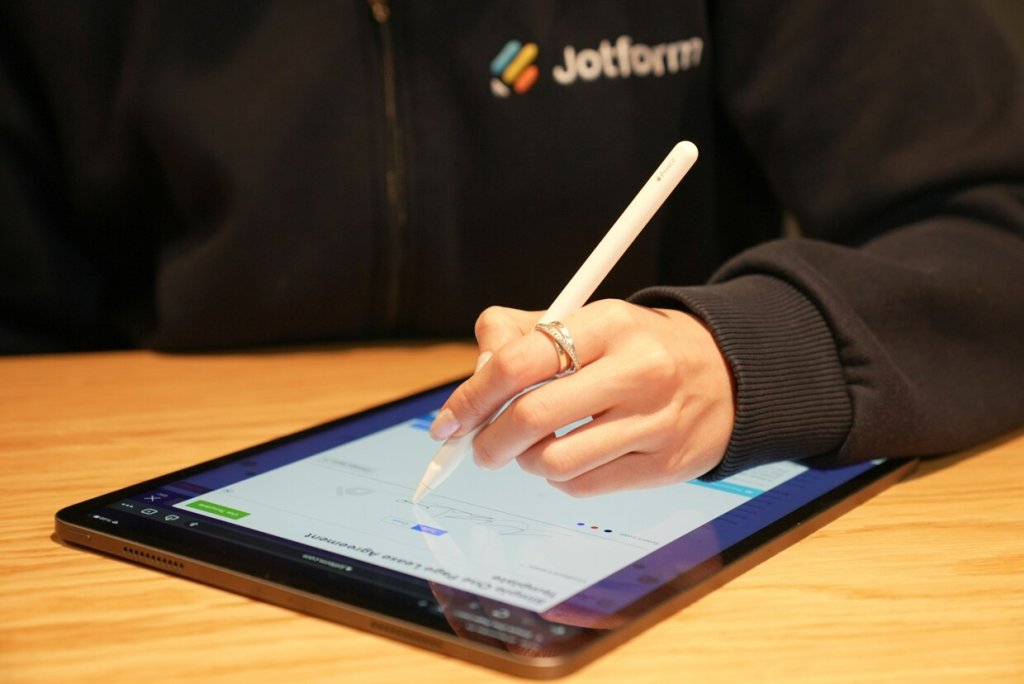For many content creators and social media influencers, the pace of the digital age is part of its appeal with new tools, ideas and innovations trending all the time.
However, while energy surrounding the content universe is unparalleled, a significant challenge for professionals is navigating this always on culture while maintaining an effective work life balance. Personal and professional responsibilities can blur with many employees feeling pressure in today’s digital age to meet their work demands at the expense of overall wellbeing.
Studying SAE’s Content Creation and Online Marketing course will prepare you for working in this fast-paced industry, helping you develop the tools to avoid digital burnout and skills to create engaging and high-performing content.
In our blog, we will explore the challenges and opportunities surrounding maintaining self care and an effective balance for content creators. Read on for our tips and get in touch with our team to learn more about our courses.
The Challenges of the Digital Age
The amount of online content is vast – Internet Live Stats reveal how over 4.4 million blog posts are published daily while the same source claims over 720,000 hours of video are uploaded to YouTube every single day.
With such a deluge of content, this leads to various challenges for creatives and consumers to take on in this hyper connected world.
As a consumer, it can be tricky to find your way through this huge expanse of content to engage with legitimate, fact-checked and well-researched pieces. Often, viral content can include false claims and misinformation.
For content creators, the challenge is working out how to create high-quality and engaging content that can cut through the digital noise.
Mental Health and Digital Burnout
We are all living through a digital golden age where we can connect with anyone from around the world while having access to endless sources of information.
Despite how technology has made the world smaller, many are experiencing what the World Health Organisation (WHO) has described as ‘digital burnout’.
In May 2019, the WHO included burnout in the 11th Revision of the International Classification of Diseases (ICD–11) as an occupational phenomenon and mental health issue.
The latest figures from Ofcom revealed how the time spent online by UK adults continues to increase, suggesting this is an ongoing issue – this amount rose by nearly an hour in 2024 to reach four hours and 20 minutes.
Working from home and remote working
The Covid-19 pandemic impacted the world in a variety of ways, including how we work with many of us forced to take our careers online.
There are clear benefits to remote working in terms of enhanced productivity and greater flexibility for employees. However, constant connectivity has blurred the lines between work and our personal lives with many employees feeling the pressure to be constantly available.
Indeed, the majority (70 percent) of UK professionals struggle to switch off from work, a report by Robert Walters has revealed. This surveyed 1,500 white collar professionals workers and found that 29 percent of respondents lost sleep because of an inability to log off effectively.
Many of us now check our email correspondence outside traditional office hours while some are contacted by managers after hours too. Two thirds of survey respondents said that they were unable to switch off due to the increasing expectation for professionals to be always available.
Why achieving a work-life balance is important
For many professionals, achieving an effective work-life balance is increasingly desirable for good physical and mental health in their personal and professional life.
A recent report by Hays revealed that more than half (56 percent) of employees are willing to accept a lower-paid job in exchange for a better work-life balance. A third of workers consider work-life balance to be the most “crucial consideration” when looking for a job.
The benefits are obvious – for an organisation to have a happier workforce, they are likely to be more productive and effective in their roles and content as people.
How to achieve a healthy work life balance
A key part of achieving a successful work-life balance is being organised around workflow, making space for personal time and recognising when issues are appearing. There is no final solution to resolving this and wellbeing is an ongoing process. But here are some essential tips to help you on your way.
Maintaining effective self-care
Looking after yourself can go a long way in helping you stay on track with supporting work life balance and practising positive mental health.
Professionals can begin incorporating this into their daily lives by refreshing their work routine. Rather than hammering through work, it’s more effective to pay attention to how you are feeling and schedule regular breaks to clear your mind or include exercise as part of your day.
You should also make time for personal commitments that bring you joy and relaxation, such as reading, or being creative.
Establish clear boundaries between work and your personal life
Blurring the distinctions between what is work and what is not has been an increasing source of concern for professionals, putting many at risk of burnout. This worry is something that more than half of UK workers share, according to a report by Aviva.
So how can setting boundaries give more definition? Some techniques include establishing a clear schedule to avoid any after-hours meetings or calls. You can also communicate your working hours with colleagues and make greater use of work calendars to indicate availability. When not working, then you should disconnect from work devices and notifications to ensure you are stepping away from your job.
Dedicated work space
For many of us, going to work used to involve heading out of the house and to an office. But not any more – all content creators now need is a laptop and an internet connection.
The flexibility to work anywhere is appealing but it can also mean a lack of distance from a job. If this begins to feel overwhelming, then creating a dedicated space to work can really help. This can be a desk at home or even a preferred coffee shop or shared co-working space. By being away from this space, then you are no longer at work, drawing a clear distinction between you and your role.
Effective Time Management
As we’ve already said, organisation can be an effective way of achieving work life balance as a content creator.
This involves either establishing a system to effectively prioritise tasks or utilising project management tools and content calendars to help you stay on top of your workload. There are plenty of digital tools and software to help you boost productivity.
If you are facing multiple deadlines competing for your attention, then try to delegate tasks to help prevent your workload from becoming overwhelming. Ultimately, it can be useful to learn the most effective ways of pushing back to manage stress and say no when your schedule becomes too full.
Give yourself a digital detox
If your online life is overwhelming, then you can take a break from being on certain apps or platforms that you might be guilty of over-using.
If this seems too much, then instead go through your online accounts and apps. You can review and remove anything that you do not use or is proving to be too much of a distraction. Doing so should give you some extra time each day and help you find a healthier balance between life and work.
Study Content Creation and Online Marketing at SAE
Developing content that connects with audiences can be essential in today’s digital age for businesses and leading professionals.
With our expert team, leading facilities and creative community, studying our course in content creation and digital marketing can offer you a fantastic opportunity to take your career in digital marketing to the next level.


































